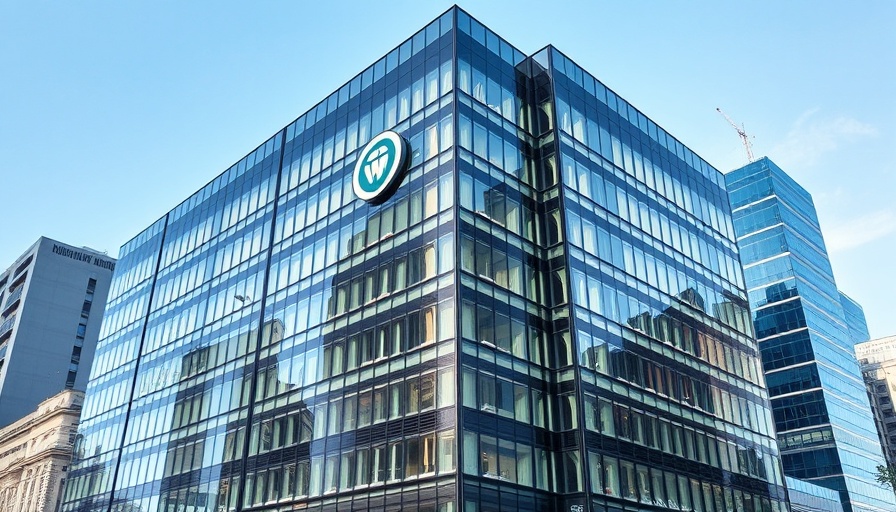
Shifting Landscapes: The Impact of AI on Job Markets
The employment landscape is undergoing a seismic shift, especially as companies like Indeed make bold moves to integrate artificial intelligence (AI) into their hiring practices. This shake-up involves not just layoffs but also a reimagining of how job seekers and employers interact. Recently, Indeed announced a staggering cut of approximately 1,300 positions in its HR technology segment, signaling a significant pivot towards AI-driven solutions.
Amid Layoffs, What Does AI Mean for Job Seekers?
In a recent statement, Hisayuki "Deko" Idekoba, CEO of Indeed, emphasized, "Hiring is still too slow and too hard, and we're using AI to make it simpler and more personal - for both job seekers and employers." Despite this digital shift promising efficiency, the actual repercussions for those seeking jobs can be alarming. As companies embrace AI, critics worry about the diminishing number of roles that require human intuition, empathy, and creativity.
Job Cuts Versus Technological Advancements
A major report from Challenger, Gray & Christmas highlighted that through June 2025 alone, at least 20,000 jobs in the U.S. economy were lost due to AI and automation. In the tech sector, layoffs surged to over 76,000, an increase of 27% compared to last year. While Indeed's actions might reflect a broader trend towards technological updates in recruitment processes, the pushback from employees and industry watchers is growing. Many express concerns that these rapid advances in AI could lead to a false sense of security regarding job stability.
Social Connections: The Irony of AI in Recruitment
AI is designed to streamline processes, yet it ironically threatens the personal touch integral to recruitment. Job seekers often rely on human recruiters to help understand job culture and work expectations. The trend toward automated hiring procedures may erode these essential connections, leaving applicants feeling lost in a faceless system. In regions deeply impacted by these changes, such as the Great Lakes area with its various job initiatives, the human element has been a vital part of local economies.
Future Insights: Seeking Balance in the Job Market
As AI continues to evolve, a crucial question emerges: how can we balance the benefits of technology with the need for human insight? Experts recommend that job seekers familiarize themselves with AI tools while simultaneously seeking opportunities that require uniquely human skills. Networking and building connections remain more important than ever for navigating these tumultuous changes in hiring practices.
Understanding Layoffs: A Necessary Evil?
While companies justify layoffs as a means to innovate and improve efficiency, it is essential to analyze the impact on employees. Many impacted workers can face significant emotional and financial challenges. Addressing these stories can help paint a broader picture of the community and workforce's resilience amidst such upheaval.
The Call for Resiliency and Adaptability
In these trying times, resilient communities are likely to be the ones that thrive. By actively participating in local initiatives, supporting startups, and championing job growth, residents can foster an environment where both technology and humanity coexist harmoniously. Understanding the implications of AI job cuts while nurturing grassroots efforts can bridge the gap between innovation and the workforce.
Conclusion: Embracing Change While Honoring Tradition
The transition towards AI in recruitment brings both promise and perils. For job seekers and employers alike, acknowledging this evolving landscape is crucial. Building connections, advocating for job accessibility, and remaining adaptable in the face of technology will empower both employers and job seekers alike.
 Add Row
Add Row  Add
Add 




Write A Comment